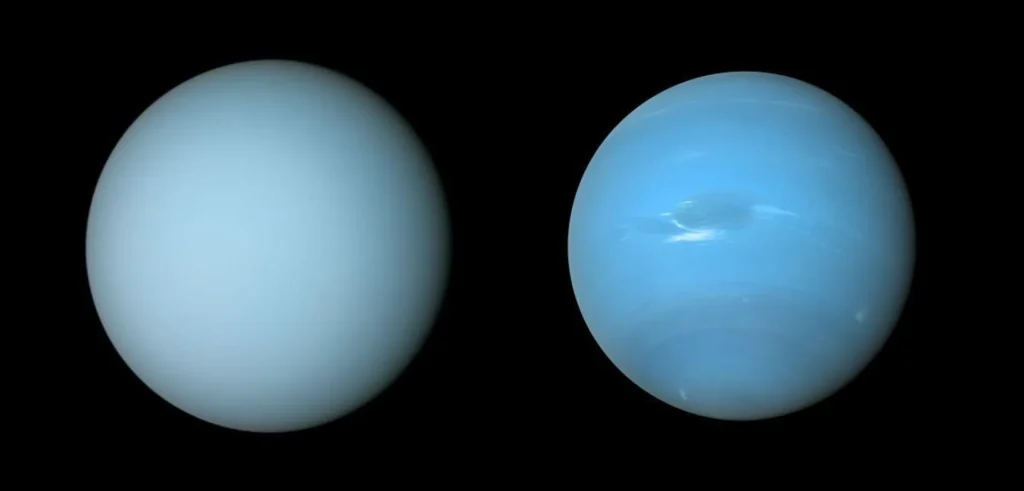NASA has called on amateur astronomers from all over the world to join the observations of the ice giants Uranus and Neptune. They will involve the Hubble telescope, as well as the New Horizons probe located in the Kuiper Belt.

Observations of Uranus and Neptune will take place in September 2023. Their goal is to study the atmosphere of ice giants and study various formations, such as storms or bright clouds. Data on their characteristics will help scientists better understand how heat is transferred from the rocky cores of planets to their gaseous shells.
The main “stars” of the upcoming observations are the Hubble telescope and the New Horizons probe. The latter is located in the Kuiper Belt at a distance of almost 8.5 billion km from the Sun. Its pictures of Uranus and Neptune taken “from behind” will provide new information about the atmospheres and energy balance of both worlds.
However, NASA is not going to be limited only to spacecraft and calls on amateur astronomers to join the observations. According to the head of the New Horizons mission, Alan Stern, even data obtained from telescopes up to 16 inches in size can be extremely important in solving the mysteries of the atmospheres of Uranus and Neptune. In addition, astro enthusiasts will be able to conduct their observations for much longer periods of time than New Horizons and Hubble.
Observers participating in the campaign can post their pictures, as well as detailed information about when and how they were taken on the X website (formerly Twitter) or on Facebook using the hashtag #NHIceGiants. The New Horizons team will collect them for further analysis. The images taken by the Hubble telescope will be published by NASA at the end of September. As for New Horizons, the team hopes to get images of Uranus and Neptune by the end of 2023. They will also be made publicly available.
Earlier we talked about how changing the main task of the New Horizons mission angered scientists.
According to https://www.nasa.gov
Follow us on Twitter to get the most interesting space news in time
https://twitter.com/ust_magazine
